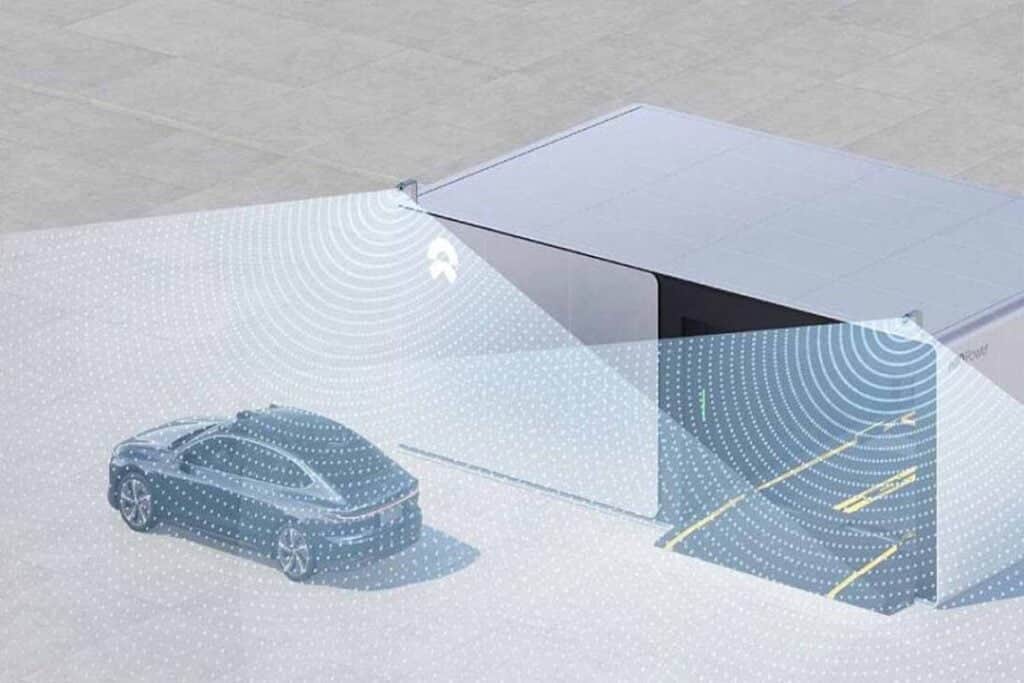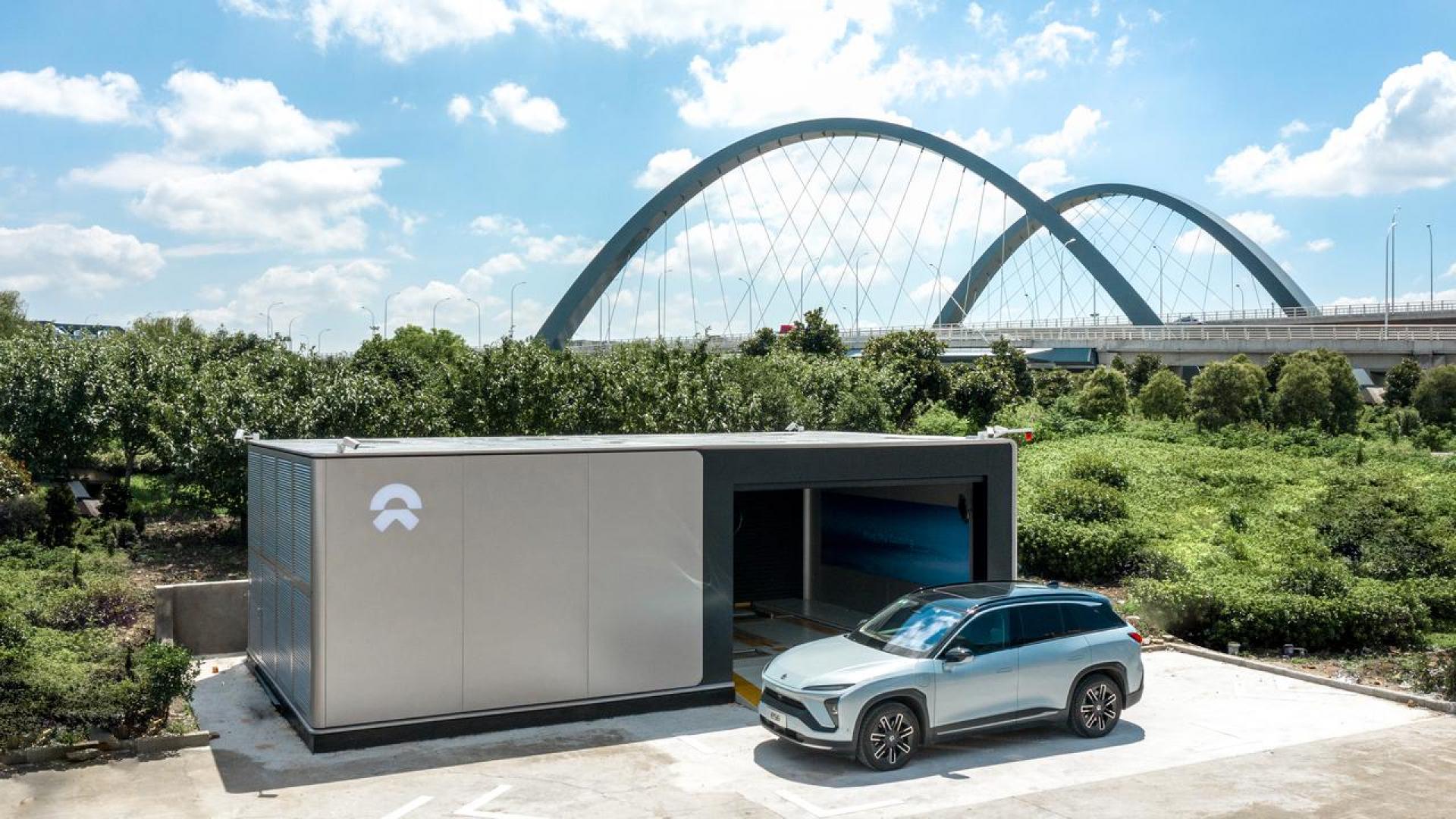The adoption of electric vehicles is often hampered by the lack of adequate charging infrastructure. Although some countries have made progress in increasing the number of electric charging stations, another challenge to address is the charging duration itself.
Today, to fill up with electricity and have sufficient autonomy for your travels, you have to wait for many minutes, if not hours. To solve this problem, manufacturers are increasingly evaluating the option of battery swap, the replacement of batteries, as an alternative solution to long and impractical charging.
NIO, cut down on electric recharging times

The battery replacement system for electric vehicles is a simple but ingenious idea. As the name suggests, this system allows you to replace a vehicle's flat battery with an already charged one. The target? Obvious: save time.
The Chinese electric car company NIO is one of those that has always bet on this approach. His third generation plan (just presented) for an electric charging station shows this commitment in all its clarity. The first plant of this type will be available in March 2023.
Why third generation?
The first generation of this solution was able to hold only 5 batteries at the same time. However, NIO was not satisfied and continued to improve the technology, arriving at the second generation capable of holding up to 13 batteries.
And this third one? 21 batteries: may still seem low as a number, in reality it increases the efficiency of the previous generation by 30%, and allows an electric charging station to meet the needs of around 408 vehicles per day.
How long does it take for a refill
Compared to the second generation swap station, NIO is able to offer a 20% increase in battery swap speed. In a nutshell? You arrive unloaded at the station and leave with 100% battery in just two minutes and thirty seconds.
It is probably less than it takes us today to fill up with petrol or LPG. No?
With these benefits, the transition to electric vehicles is increasingly possible and closer: we need to focus on swap battery technology and make it a standard.


